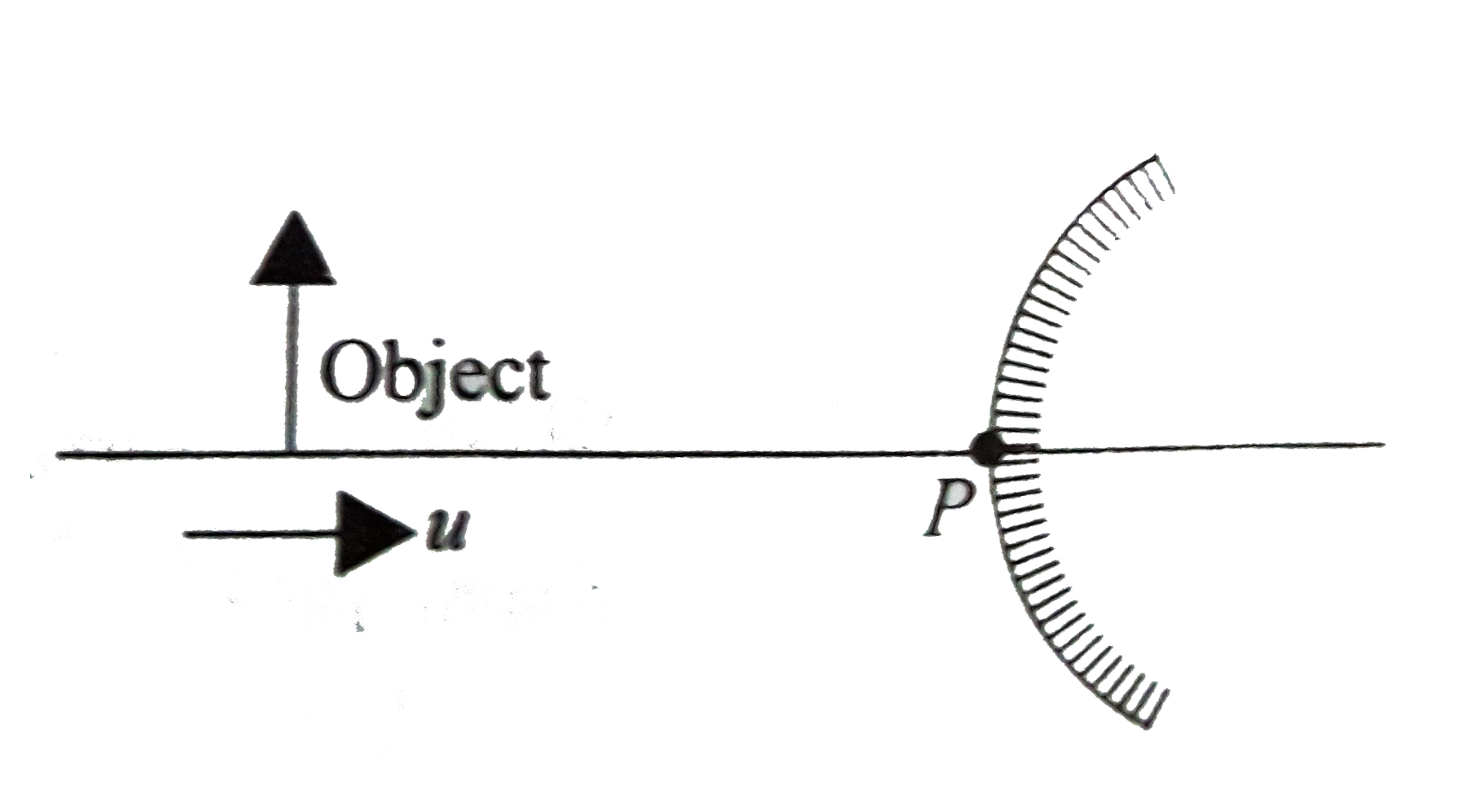An object moves to the East across a frictionless surface with constant speed. A person then applies a constant force to the North on the object. What is the resulting path that the object takes ?
A straight line path partly Eastward, partly Northward
A straight line path totally to the North
A parabolic path opening toward the North
A parabolic path opening toward the East
The correct Answer is:C
To solve the problem, we need to analyze the motion of the object under the influence of the forces acting on it. The object is initially moving to the east with a constant speed, and then a constant force is applied to the north. Let's break down the solution step by step.
Step 1: Understand the Initial Motion
The object is moving east with a constant speed. We can denote this speed as Vx. Since there is no friction, the speed in the east direction remains constant.
Hint: Remember that constant speed means no acceleration in that direction.
Step 2: Apply the Force
A constant force is applied to the north. This force will cause an acceleration in the north direction. According to Newton's second law, the acceleration ay in the north direction can be expressed as:
ay=Fm
where F is the magnitude of the force applied, and m is the mass of the object.
Hint: Identify how the force affects the motion in the vertical (north) direction.
Step 3: Determine the Velocity in the North Direction
Since the force causes an acceleration in the north direction, we can express the change in velocity in the north direction over time t as:
Vy=ayt=Fmt
This means that the velocity in the north direction increases linearly with time.
Hint: Think about how the velocity changes due to constant acceleration.
Step 4: Find the Position Coordinates
Now, we can find the position coordinates as functions of time.
- For the east direction (x-coordinate):
x(t)=Vxt+C1
where C1 is the initial position in the east direction.
- For the north direction (y-coordinate):
y(t)=12ayt2+C2t+C3=12(Fm)t2+C2t+C3
where C2 is the initial velocity in the north direction (which is zero) and C3 is the initial position in the north direction.
Hint: Remember that the position in the north direction involves integrating the velocity.
Step 5: Analyze the Path
From the equations we derived:
- x(t)=Vxt+C1 (linear function of t)
- y(t)=12(Fm)t2+C3 (quadratic function of t)
As time progresses, y(t) increases quadratically while x(t) increases linearly. This indicates that the path taken by the object will be parabolic.
Hint: Compare the nature of the equations for x and y to determine the shape of the trajectory.
Conclusion
Since the y-coordinate increases quadratically while the x-coordinate increases linearly, the resulting path of the object will be a parabolic path opening toward the north.
Thus, the correct answer is: A parabolic path opening toward the north.
---
The object is moving east with a constant speed. We can denote this speed as Vx. Since there is no friction, the speed in the east direction remains constant.
A constant force is applied to the north. This force will cause an acceleration in the north direction. According to Newton's second law, the acceleration ay in the north direction can be expressed as:
ay=Fm
where F is the magnitude of the force applied, and m is the mass of the object.
Since the force causes an acceleration in the north direction, we can express the change in velocity in the north direction over time t as:
Vy=ayt=Fmt
This means that the velocity in the north direction increases linearly with time.
Now, we can find the position coordinates as functions of time.
x(t)=Vxt+C1
where C1 is the initial position in the east direction.
y(t)=12ayt2+C2t+C3=12(Fm)t2+C2t+C3
where C2 is the initial velocity in the north direction (which is zero) and C3 is the initial position in the north direction.
From the equations we derived:
- x(t)=Vxt+C1 (linear function of t)
- y(t)=12(Fm)t2+C3 (quadratic function of t)
Since the y-coordinate increases quadratically while the x-coordinate increases linearly, the resulting path of the object will be a parabolic path opening toward the north.
Topper's Solved these Questions
Similar Questions
Two objects are at rest on a level frictionless surface. The objects are not connected. A force F is applied to one of the objects, which then moves with acceleration a. Mark the correct statement(s).
View SolutionTwo object are initially at rest on a frictionless surface. Object 1 has a greater mass than object 2. The same constant force start to act on each object. The force is removed from each object after it accelerates over a distance d. after the force is removed from both objects, which statement is correct (p:momentum, K: kinetic energy)?
View SolutionForce can move an object at rest.
View SolutionAn object is moving in a circle at constant speed v. The magnitude of rate of change of momentum of the object.
View SolutionAn object is moving towards a convex mirror with a constant velocity. P is the pole of mirror.

View SolutionA particle is moving with a constant speed along a straight line path. A force is not required to
View SolutionAn object travels 20 m in 10 s. What is the average speed of the object ?
View SolutionAn object of mass 10kg moves at a constant speed of 10 ms−1. A constant force, that acts for 4 sec on the object, gives it a speed of 2ms−1 in opposite direction. The force acting on the object is :
View SolutionA body is moving in a circular path with a constant speed. It has .
View SolutionA body is moving in a circular path with a constant speed. It has .
View Solution
